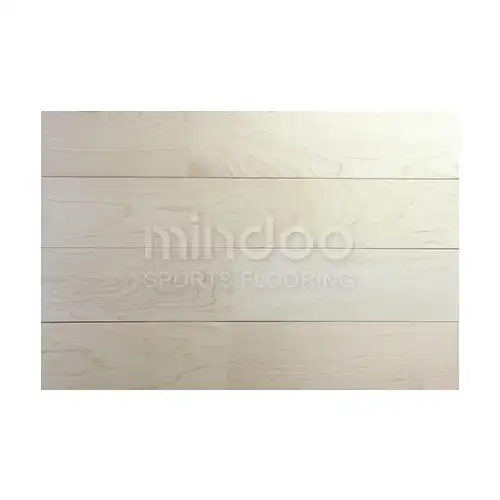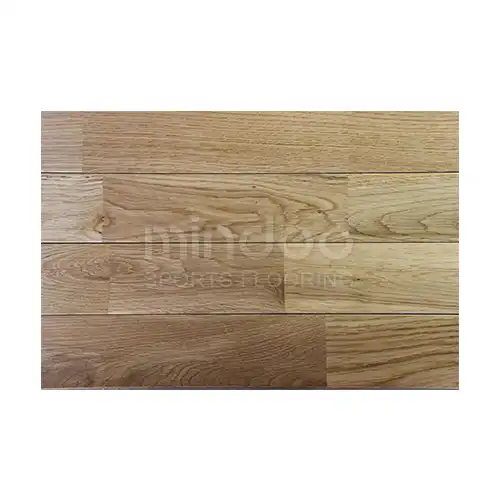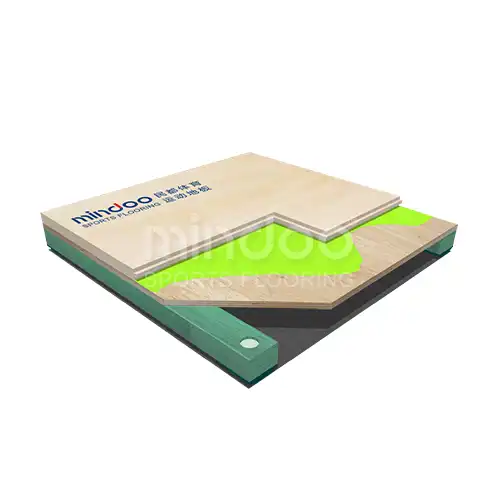Antibacterial Technology in Sports Wood Flooring: How to Effectively Prevent the Spread of Bacteria and Viruses and Ensure Venue Hygiene
In modern sports venues, sports wood flooring needs to not only meet basic performance requirements like wear resistance and elasticity but also address hygiene concerns, especially in preventing the spread of bacteria and viruses. This issue has become even more important in the context of the ongoing pandemic. Maintaining a clean environment and reducing pathogen transmission is critical. To meet these challenges, many sports wood flooring manufacturers employ antibacterial treatments that effectively inhibit the growth of bacteria and viruses, ensuring venue hygiene. This article will discuss the principles, methods, and effectiveness of these treatments, helping consumers better understand this technology.
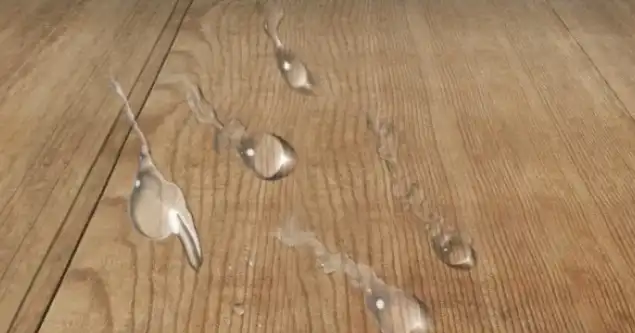
1. The Principles of Antibacterial Technology
The main goal of antibacterial technology is to suppress and reduce the growth of bacteria and viruses on the flooring surface. Antibacterial treatment on the floor can be achieved through two main methods:
- Physical Protection: A special surface coating forms a protective barrier that prevents bacteria and viruses from adhering. For example, polyurethane coatings not only increase the floor’s durability but also prevent pathogens from surviving on the surface.
- Chemical Sterilization: Antibacterial agents, such as silver ions or copper ions, are applied to the floor surface. These elements effectively kill bacteria and viruses. Silver ions are commonly used in antibacterial materials because they disrupt the metabolic processes of bacteria, leading to their death. However, as time passes and the surface is worn, the antibacterial effect of silver ion coatings may gradually weaken. Still, these coatings typically maintain a reasonable level of effectiveness over an extended period.
2. Common Antibacterial Treatment Methods
Different brands and manufacturers use various antibacterial technologies, but the following methods are common:
- Silver Ion Antibacterial Coating: Silver ions are widely used in antibacterial technology because they effectively disrupt the structure of bacterial cell membranes, preventing bacterial growth. Silver ion treatments offer long-lasting effectiveness, significantly inhibiting bacterial growth. However, the antibacterial effect may diminish over time and with surface friction, though it usually remains effective for a prolonged period.
- Nanotechnology Coatings: Nanotechnology antibacterial coatings create a protective membrane at the microscopic level, further enhancing the antibacterial properties of the floor surface. The advantage of nanocoatings is that they not only prevent bacterial growth but also maintain the floor’s original gloss and durability. Additionally, they possess excellent wear resistance, allowing the antibacterial effect to last for a longer time.
- Natural Plant Extracts: Some manufacturers use natural plant extracts, such as tea tree oil or honeysuckle, as antibacterial agents. These natural ingredients are effective in resisting bacterial growth while being environmentally friendly and non-toxic to humans.
3. Ensuring the Longevity of Antibacterial Effects
Although antibacterial treatments can effectively suppress the spread of bacteria and viruses, the duration of their effectiveness is also crucial. Several factors influence how long the antibacterial effect lasts:
- Wear Resistance of the Coating: The wear resistance of the surface coating determines how long the antibacterial effect lasts. High-durability coatings can maintain their antibacterial properties even after repeated friction, reducing the likelihood of the effect wearing off.
- Cleaning and Maintenance: While antibacterial coatings can effectively kill bacteria, regular cleaning is essential to maintain their effectiveness. Venues should clean the floor regularly using mild, non-corrosive cleaning agents to avoid damaging the antibacterial coating. Overcleaning or using harsh chemicals can cause the coating to deteriorate.
- Release of Antibacterial Agents: Some antibacterial materials slowly release antibacterial agents over time, ensuring long-lasting effects. This type of material is typically integrated into the floor’s raw materials, not just applied as a surface coating.
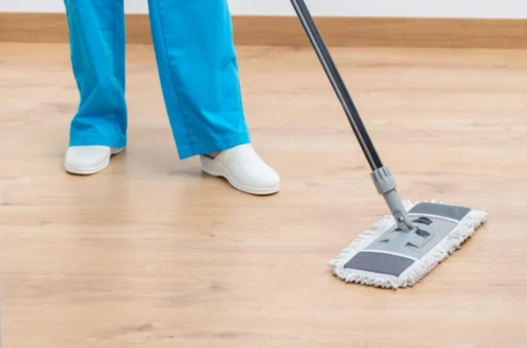
4. Advantages of Antibacterial Wood Flooring
Antibacterial treatments provide several benefits to sports wood flooring beyond just bacterial inhibition:
- Reducing Pathogen Spread: Sports venues are often places of high foot traffic and shared use, making them potential hotspots for bacteria and viruses. Antibacterial wood flooring significantly reduces the growth of pathogens, ensuring the health of athletes and spectators.
- Improved Hygiene Management: Antibacterial flooring offers a more efficient and longer-lasting hygiene solution, reducing the burden of manual cleaning and preventing the accumulation of harmful bacteria.
- Enhanced Durability: Many antibacterial wood floors are treated with wear-resistant coatings, enhancing the overall durability of the flooring. The antibacterial treatment not only provides sterilization but also improves the floor's overall performance and extends its lifespan.
5. How to Choose Antibacterial Wood Flooring
When selecting sports wood flooring, consumers should focus on the following aspects:
- Type of Antibacterial Technology: Understand the different antibacterial technologies used by manufacturers and choose products that meet the specific needs of your venue. For example, silver ion antibacterial technology typically offers longer-lasting protection, making it suitable for high-traffic sports venues, while nanotechnology provides superior antibacterial performance and durability.
- Manufacturer Expertise and Certifications: Choose manufacturers with advanced antibacterial technology and relevant certifications to ensure the reliability of the antibacterial effect and the quality of the product. Check whether the manufacturer has certifications like ISO to ensure the quality and safety of the floor.
- Maintenance Requirements: Although maintaining antibacterial wood floors is generally straightforward, regular cleaning is necessary to preserve their effectiveness. Make sure to follow the manufacturer's cleaning and maintenance guidelines to ensure that the antibacterial effect remains intact.
When choosing antibacterial wood flooring, consumers should consider the type of antibacterial technology, the durability of the coating, and the manufacturer's certifications and maintenance guidelines to ensure they select the right product.With proper selection and care, antibacterial sports wood flooring will provide a safer and healthier environment for both athletes and spectators, ensuring the overall hygiene of the venue.
